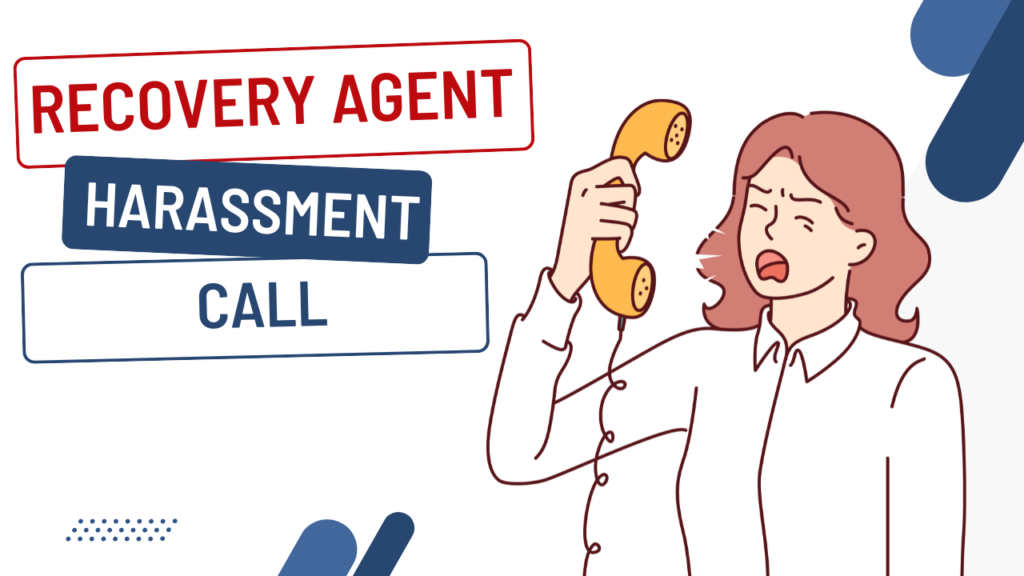When financial challenges arise, repaying a personal loan can become difficult. If you are facing hardships that make it impossible to continue making monthly payments, settle Federal Bank Personal loan can be an option. Personal loan settlement is a process where the bank agrees to accept a reduced amount of the total loan owed, offering relief to the borrower. However, it’s important to understand that loan settlement has long-term consequences, particularly on your credit score, and should only be considered after exploring all other options.
In this blog, we will walk you through the steps of how to settle a personal loan with Federal Bank, what you need to know before entering into a settlement, and what alternatives are available to you.
What is Loan Settlement?
Loan settlement is a method used by banks to recover a portion of a loan that a borrower is unable to repay in full. In a settlement, the borrower and the bank agree on a reduced sum, which, when paid, is considered the final settlement of the debt. The remaining balance is written off by the bank. While this option provides financial relief, it negatively impacts the borrower’s credit score and future loan eligibility.
Why Consider Loan Settlement with Federal Bank?
There are several reasons why you may choose to settle a personal loan with Federal Bank:
- Unforeseen medical expenses: medical emergencies can lead to unexpected expenses that make it difficult to repay loans.
- Loss of Employment: If you have lost your job or faced a significant reduction in income, paying your EMIs (equated monthly installments) can become a burden.
- Business Losses: Self-employed borrowers or small business owners facing financial instability may struggle to make consistent loan payments.
- Other Debts: Managing multiple loans and credit card debt can lead to financial stress, and settling one loan may alleviate some pressure.
In such cases, settling a personal loan with a federal bank can help reduce your immediate financial burden.
Steps to Settle Federal Bank Personal Loan
If you have decided that settling your loan with Federal Bank is the best course of action, here are the steps to follow:
Step 1: Analyze Your Financial Situation
The first step in the loan settlement process is to carefully review your finances. Identify how much you can realistically afford to pay toward the settlement. Gather documentation showing your income, expenses, and other liabilities to present a clear case of financial hardship.
Step 2: Approach the Federal Bank
Contact the Federal Bank’s loan recovery department or visit your nearest branch to discuss your situation. Explain why you are unable to continue making payments and inquire about loan settlement options. Make sure to be clear and transparent with the bank regarding your inability to repay the full loan amount.
Step 3: Provide Financial Hardship Documentation
The Federal Bank will require documentation to support your claim of financial hardship. Prepare the following:
- Proof of income reduction: This could include pay stubs, job termination letters, or business loss documentation.
- Medical bills: If a health issue is impacting your ability to repay the loan, provide medical expense documents.
- Bank statements: These will show your cash flow and available funds.
- Other loan or debt obligations: Provide information about any other outstanding loans or financial commitments that make repayment difficult.
Step 4: Negotiate a Settlement Agreement
Once your financial hardship is recognized, the Federal Bank will propose a settlement amount, which is typically a percentage of the outstanding balance. Depending on your situation, the settlement amount could range from 40% to 80% of the total due. Be prepared to negotiate based on your ability to pay. The bank will take your financial condition into consideration, but it’s essential to be realistic about what you can afford.
Step 5: Complete the Settlement Process
After reaching an agreement, Federal Bank will provide a written settlement agreement outlining the agreed-upon amount and payment terms. Carefully review the terms before signing. Once the payment is made, ensure you receive a No Dues Certificate from the bank, which serves as proof that your loan is officially settled and no further payments are required.
Federal Bank Loan Settlement Policies
The Federal Bank’s loan settlement policies are based on its internal guidelines, which are often aligned with Reserve Bank of India (RBI) directives. Here are a few key aspects:
- Eligibility for Settlement: Typically, only loans that have become Non-Performing Assets (NPAs)—loans overdue for more than 90 days—are eligible for settlement. However, the bank may consider other cases based on your financial situation.
- Settlement Amount: The amount settled is usually a percentage of the total outstanding loan and is determined by the bank after evaluating your financial condition.
- Documentation: The Federal Bank requires valid proof of financial hardship before approving a settlement.
Impact of Loan Settlement on Your Credit Score
One of the significant downsides of settling a loan is the negative impact on your credit score.
- Drop in Credit Score: When you settle a loan, it’s reported to credit bureaus as “settled” rather than “closed.” This status indicates that the full loan was not repaid, which can result in a drastic drop in your credit score.
- Long-Term Impact: A settled loan remains on your credit report for up to 7 years, making it challenging to secure future loans or credit during this time.
- Higher Interest Rates in the Future: Even if you are approved for a loan after settling, lenders may offer higher interest rates due to the negative entry on your credit report.
Alternative Options to Loan Settlement
Before proceeding with loan settlement, consider these alternatives to avoid damaging your credit score:
A. Loan restructuring
Loan restructuring involves modifying the loan terms, such as extending the loan tenure or reducing the interest rate, to make monthly payments more manageable. The Federal Bank may offer this option to help you avoid default.
B. EMI Moratorium
If you are temporarily unable to pay your EMIs, the Federal Bank may provide an EMI moratorium, allowing you to defer payments for a few months without defaulting. This option is often available during times of economic distress or personal financial crises.
C. Debt Consolidation
If you are managing multiple loans, consolidating them into one loan with a lower interest rate can simplify your finances and prevent missed payments. Debt consolidation may also allow for lower monthly installments.
D. Borrowing from Friends or Family
Borrowing from close family or friends can help you clear your loan and avoid settlement. However, it’s important to formalize the terms of borrowing to maintain transparency.
Conclusion
Setting up a personal loan with the Federal Bank can offer relief if you are facing financial difficulties. However, it is important to fully understand the implications of settlement, particularly the negative impact it has on your credit score. Before opting for settlement, consider alternative solutions such as loan restructuring, debt consolidation, or an EMI moratorium. If you proceed with settlement, follow the steps outlined above and ensure that you have a clear understanding of the terms and receive a No Dues Certificate upon completion. Though loan settlement might help you manage immediate financial stress, it’s essential to prepare for its lasting effects on your creditworthiness.
Frequently Asked Questions (FAQ’s)
Ans: The settlement process usually takes between 30 and 90 days, depending on the bank’s evaluation of your case and internal procedures.
Ans: If you do not settle or repay your loan, the Federal Bank may initiate legal proceedings, and your loan account will be classified as a non-performing asset (NPA), leading to further penalties and damage to your credit score.
Ans: Loan settlement is generally considered when a borrower has been unable to make payments for an extended period. However, you may approach the bank for other options, like restructuring, if you’ve missed a few payments.
Ans: Yes. Loan foreclosure means paying off the loan in full before the end of the tenure, whereas loan settlement involves negotiating to pay a reduced amount and closing the loan.
Ans: After settling your loan, request a No Dues Certificate from the bank to confirm that the loan has been fully settled and no further payments are due.













